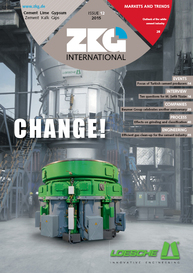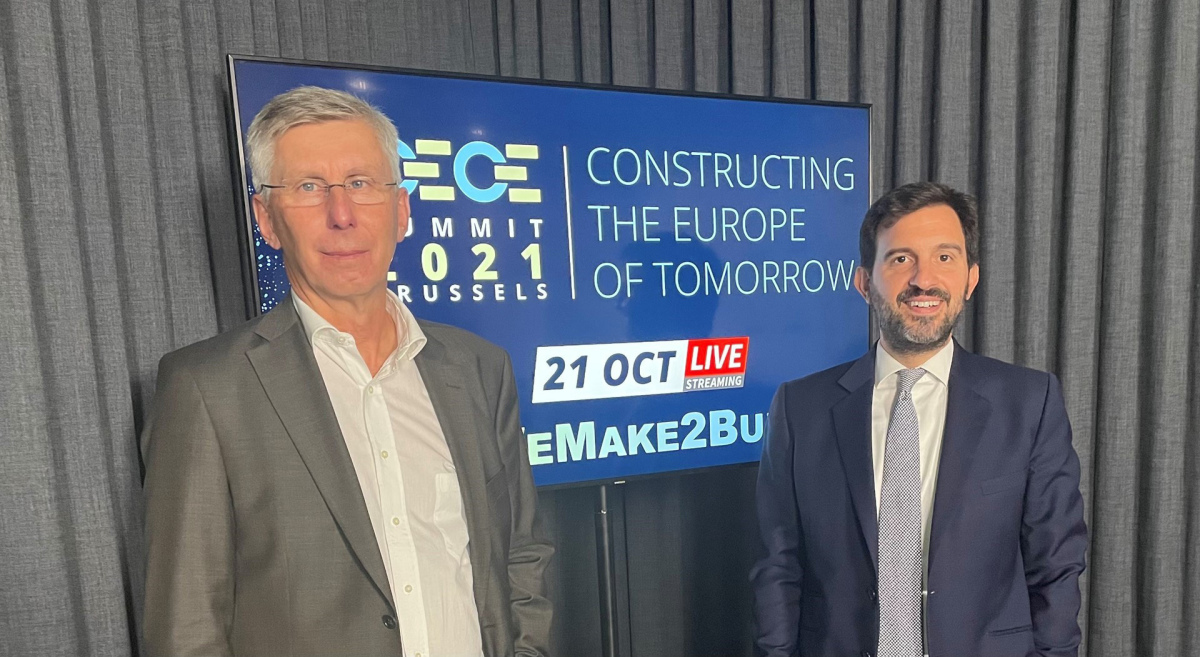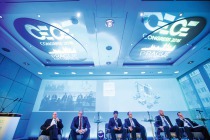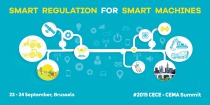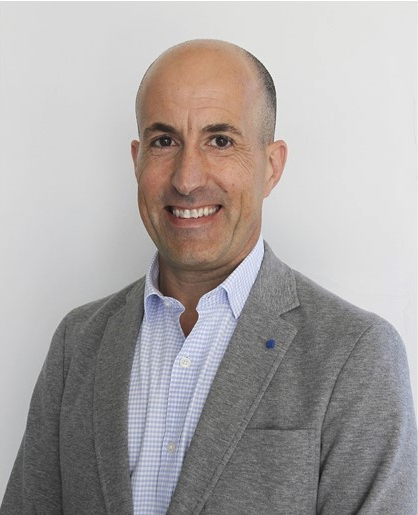CECE-CEMA Summit examines the issue of digitization
At their joint political summit, held in Brussels/Belgium on 23.09.2015, the presidents of CECE (Committee for European Construction Equipment) and CEMA (the European Agricultural Machinery Association) presented to the EU institutions a manifesto with five EU priority actions for a successful digital transformation of the construction and the agricultural machinery industries.
Doing this, the two industries underline that when it comes to mastering the transition towards higher-value digitised machines and processes, EU legislation has a prominent role to play. Digital technologies are set to transform the two industries and products in the years ahead and will reshape the value chains they service. For manufacturers and customers alike, this means considerable change, challenges and opportunities. A smart regulation would for example make sure that the relevant EU regulation recognizes virtual testing of machines so it can replace, reduce and refine conventional tests in the future. Also the current requirement that a person needs to be in control of a vehicle at all times may need to be reviewed.
Digital economy needs a harmonized, European approach to achieve a high degree of interoperability and compatibility of digital technologies and systems. Users and manufacturers should have a reliable, secure and trustworthy cyberspace. In line with this, European approaches are needed to establish clear and appropriate rules governing questions such as the ownership, management and exploitation of digital data flows and the role and function of cloud-based platforms in the digital economy.
Also, digital transformation would trigger a growing demand for highly skilled workers. The industry claims that digital skills should be integrated more strongly into educational curricula and ongoing skill development programs in relation to manufacturing, engineering, and construction. To tackle the estimated shortage of ICT professionals in Europe in the coming years, Member States should work to establish mutual recognition of ICT qualifications across the EU and promote cross-border mobility.
As a special part of the program of the summit, a select group of young engineers showcased a number of highly innovative industry projects, showing what the future in the sector will look like. For the construction equipment sector this included “Pivoted Drive Unit of Road Milling Machines” by Wirtgen´s Tobias Stinner, a “Parallel to Surface” by René Müller of Wirtgen, “The Green Wheel Loader” by Oliver Koch and Markus Schneider of Technical University of Dresden and the “Closed Loop Proportional Hydrostatic Drive System” by Henry Hudson and Niall McNamee of Caterpillar. Their profiles and detailed information on their projects are available on the Summit website.
//www.cece-cema-summit.eu" target="_blank" >www.cece-cema-summit.eu:www.cece-cema-summit.eu

